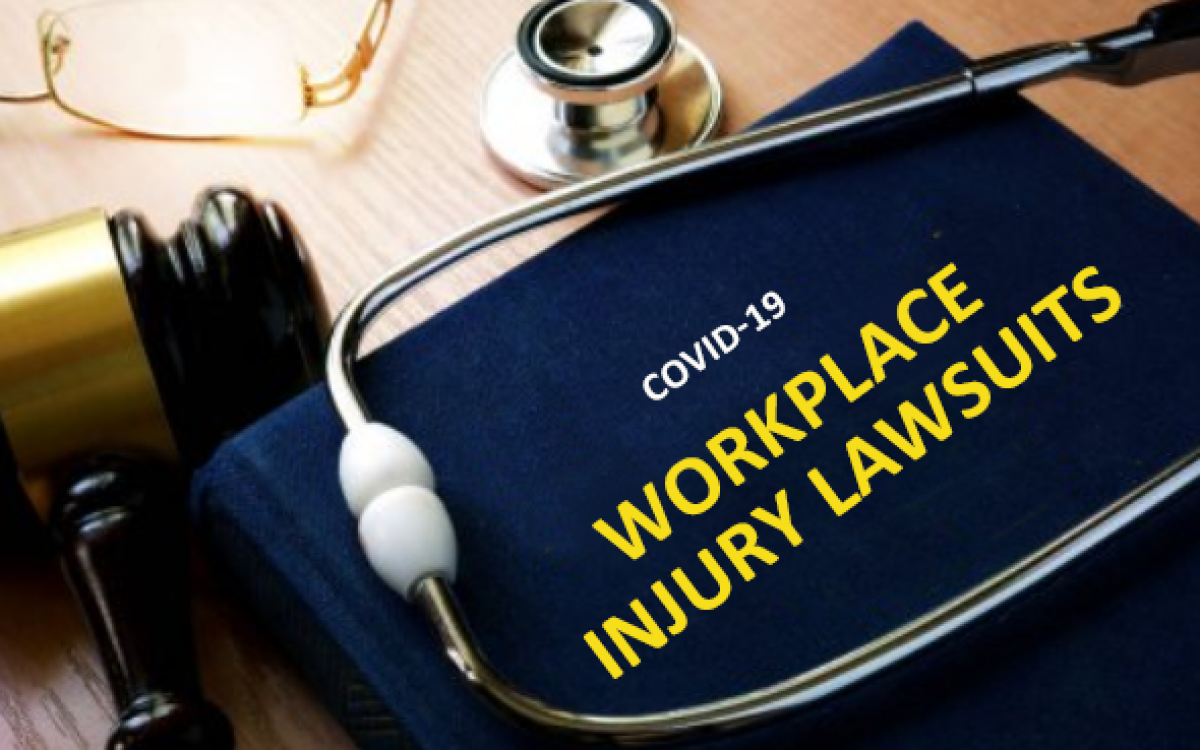Employers are starting to be served with wrongful death and personal injury lawsuits alleging an employee’s exposure to COVID-19 at work. Plaintiffs’ attorneys are ignoring or bypassing workers’ compensation statutes to achieve higher and quicker payouts for their clients. This is a concerning development for employers, as most have workers’ compensation insurance to protect against workplace injury claims. So why are these lawsuits skirting the workers’ compensation system and what can you do about it?
Why is COVID-19 Sparking Workplace Injury Lawsuits?
Workers’ compensation insurance generally covers injuries or illnesses that are caused “unintentionally” by an accident or exposure in the work environment. However, because the damages recovered in a workers’ compensation claim are generally capped by statute, plaintiffs’ lawyers may ignore the statutory workers’ compensation system. They may instead file a lawsuit in court claiming intent or willfulness, as they recognize that the potential recovery may be much higher. (Note: in a few states, the worker may file both a workers’ compensation claim and a lawsuit.)
With regards to the COVID-19 lawsuits, many plaintiff’s attorneys are alleging, in essence, that employers who choose to stay open amid the myriad of state and local closure orders or who fail to follow the strict social distancing and CDC guidelines that have been put in place are “intentionally” exposing their employees to a known hazard, i.e., COVID-19. When employees get sick due to an “intentional” exposure, that takes any resulting injury or illness potentially outside the realm of workers’ compensation and exposes employers to a private lawsuit for COVID-19 related injuries.
How Can Employers Protect Themselves?
The best way to defend a wrongful death or personal injury lawsuit is to prevent it from ever occurring. With COVID-19 still running rampant, employers should continue to take steps to avoid employee exposure to the virus – including the following prudent workplace safety practices designed to prevent employees from contracting the virus:
- Follow the CDC’s Interim Guidance for Businesses, including best practices for social distancing, Guidelines for Cleaning and Disinfecting the workplace, and quarantining employees who have an exposure to a confirmed COVID-19 case, found at the CDC’s Public Health Recommendations for Community Exposure. Send employees with confirmed cases home until released by a medical professional or until they meet the guidelines for discontinuing self-isolation.
- For essential business employing critical workers, the CDC has adopted different guidelines to follow, including allowing asymptomatic employees who have been exposed to COVID-19 to continue to work as long as certain guidelines are met.
- Constantly remind employees of the symptoms of COVID-19 and urge them to seek medical attention if symptoms appear. Check in with isolated sick employees at least once a day to ask about their health. An employee with whom you engage will be less likely to seek litigation against their employer.
- Tell your employees about confirmed cases of COVID-19 in the workplace. The CDC recommends that employers notify potentially exposed co-workers of confirmed cases. Err on the side of transparency. Although no case law currently exists, the Occupational Safety and Health Administration (OSHA) may ultimately determine that a failure to notify employees of a confirmed COVID-19 case is a violation of OSHA’s general duty clause, the agency’s generic requirement to maintain a safe work environment.
#HumanResources
